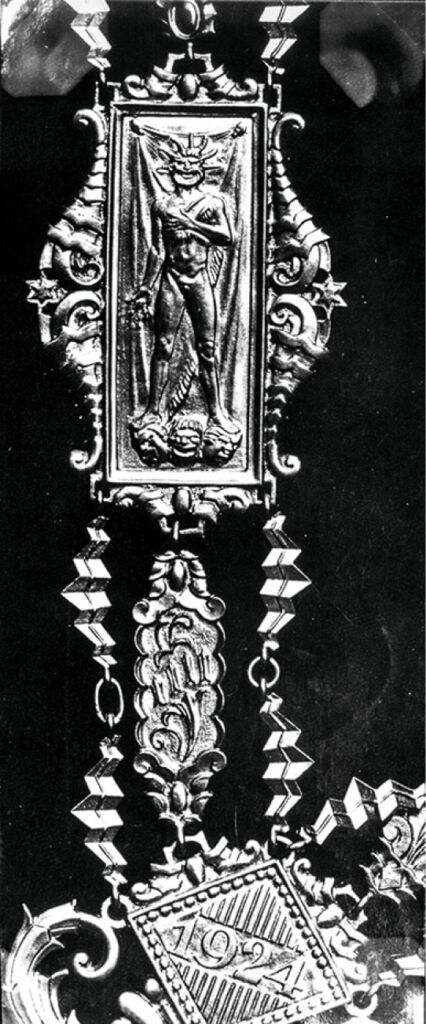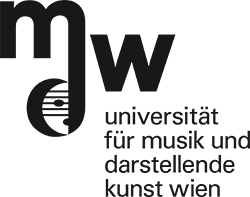In late 1924, just over a century ago, the then-Academy of Music and Performing Arts was joined by a Fachhochschule1 of Music and Performing Arts—a further predecessor of today’s mdw that was intended to operate in parallel with the Academy. Just a few years later, however, the Fachhochschule was dissolved—plunging its sister institution into a deep crisis. In light of this 100th anniversary, these events have now been investigated and appraised in the new book Geschichte eines gescheiterten Experiments. Wiener Fachhochschule für Musik und darstellende Kunst (1924–1931) [The History of a Failed Experiment: Vienna’s Fachhochschule of Music and Performing Arts (1924–1931)].
Despite the extremely brief and unsustainable career of this tertiary-level institution, it is interesting and also quite important to tell its story. After all, despite how different today’s socio-political order may be, some aspects of what happened back then would indeed seem to be of depressing currency—and to examine them is to turn a burning glass on the consequences of bad planning, intrigues, resentment, polarised worldviews, and the exertion of political and ideological influence.

The Longstanding Desire for a Hochschule
How did the establishment of the Fachhochschule and its untimely demise come to pass?
Today’s mdw was originally founded in 1817 as the Conservatory of the Gesellschaft der Musikfreunde. Initially private, it became a state institution in 1909. At that point in time, many of those involved expressed a desire for a Hochschule, a true tertiary-level institution of artistic training—but no such proposal was approved. It was thus that the newly founded Academy, despite the fact that it provided training up to the highest artistic level, was relegated to the status of a Gymnasium—i.e., an academic secondary school—in terms of its institutional rank as well as the form of employment and level of pay enjoyed by its faculty. Over the years that followed, however, further negotiations in this regard ultimately succeeded—and in October 1924, the long-desired institution of higher education was finally established in the form of a Fachhochschule. This institution did not replace the Academy, which continued to exist; instead, it assumed responsibility for students in more advanced years of training.
Prompt Difficulties and Early Demise
Particularly where questions of personnel were concerned, the weaknesses of this peculiar dual construction were swift to reveal themselves: the professors and instructors of the Fachhochschule were drawn almost exclusively from the faculty of the Academy, where they also continued to work under significantly better conditions. And very soon, this unhappy arrangement—as well as ideological and political conflicts—gave rise to a veritable feud that opened up deep divisions between the two sibling institutions. Disputes relating to appointments and the distribution of resources as well as the formation of internal camps preoccupied the committees of both institutions at the expense of teaching content. This set the stage for a steady increase in the exertion of influence by public officials, resulting in a continual loss of institutional autonomy. Within just a few short years, it became apparent that the dream of a Hochschule would soon be over, with the overall institution making a catastrophic public impression in the media during this period and beyond.
A Stopgap Measure from the Get-Go?

In hindsight, it would appear that the Fachhochschule had lost sight of its fundamental purpose amidst all this strife—as evidenced, for example, by the three attempts that were required for the election of its first rector. Not to mention how the repeated postponement of said rector’s inauguration ceremony had nothing to do with the failure to finish creating the obligatory rector’s chain. A complaint filed three years after its establishment notes that the Fachhochschule ”still [does not possess] a single bit of material with which to teach, neither instruments nor music books”. Everything had to be shared with the Academy, with which the institution even shared a building.
The Ministry of Education ultimately dissolved the Fachhochschule in 1931 and placed the Academy under its direct administration. One can state with quite some certainty that the extent to which the Fachhochschule had become the plaything of politicians was also owed to the unstable situation in the political realm and society at large—and especially to the behaviour of individuals attached to the institution: even the most minor disagreements were leaked to the press or ended in complaints to the minister of education. It was thus that the actions of those in charge effectively amounted to a tragicomic self-demolition, leaving the Fachhochschule to seem like nothing more than an ill-conceived experiment.
- In the context of Austria’s present-day educational system, the term Fachhochschule translates as “University of Applied Sciences”. As for its use in this historical context, one should note that Hochschule (lit.: “high school”) is a general term for a place of higher education, while the noun Fach (lit.: “subject”) indicates specialisation of some sort.

